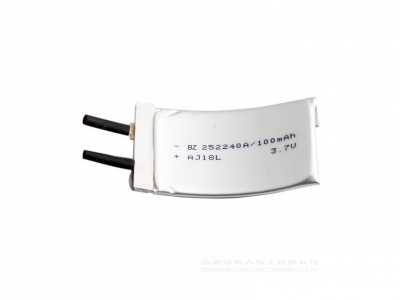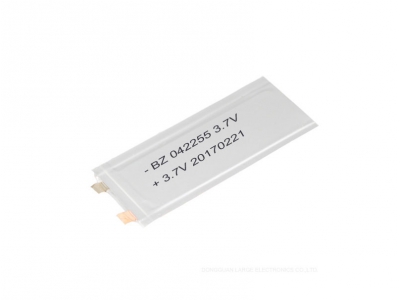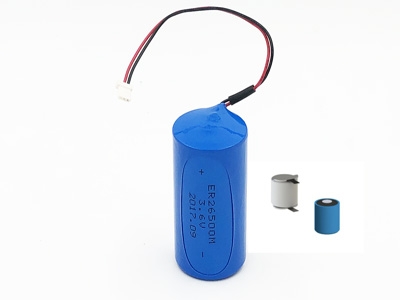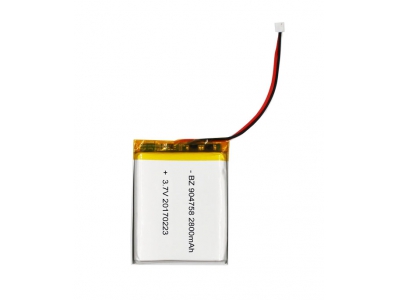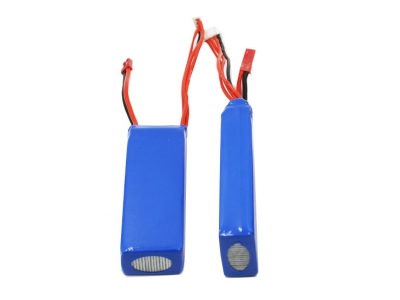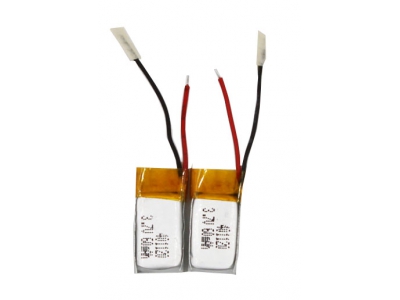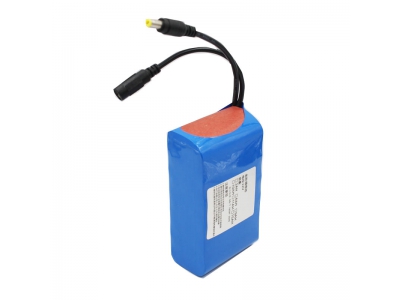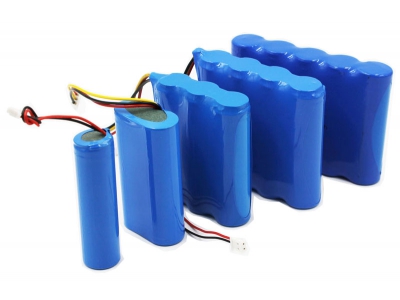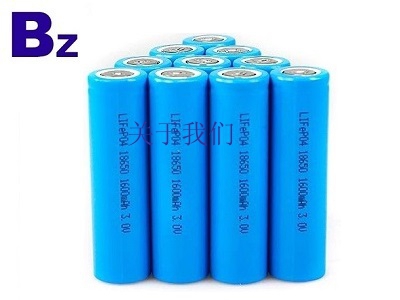What are li-ion batteries
Sony Corporation of Japan has developed a new rechargeable lithium battery in 1990, combining lithium cobalt oxide (positive electrode material) and graphite (negative electrode material) and using an organic solvent containing a lithium salt (such as lithium hexafluorophosphate) as an electrolyte. This type of battery is commercialized. Such a battery can work at voltages above 3.7 volts, and Sony has renamed the technology "Li-ion." This logo can be found on many mobile phone batteries or laptop batteries. High performance, low cost, and good safety. This lithium-ion battery was immediately welcomed as soon as it was introduced, helping Sony to become the industry leader. Since the lithium ion battery does not contain heavy metal chromium, it greatly reduces environmental pollution compared with the nickel chromium battery.A lithium-ion battery (sometimes Lithium-ion battery or LIB) is a member of a family of rechargeable battery types in which lithium ions move from the negative electrode to the positive electrode during discharge and back when charging.
The energy density of lithium-ion is typically twice that of the standard nickel-cadmium. There is potential for higher energy densities. The load characteristics are reasonably good and behave similarly to nickel-cadmium in terms of discharge.
The main structure of a typical battery includes three elements: a positive electrode, a negative electrode, and an electrolyte. The next important update for lithium-ion batteries is that polymer materials primarily replace electrolyte solutions. In 1973, Wright et al. found that certain polymers were able to conduct lithium ions faster. In 1975, Feullade and Perche discovered that the alkali metal salt complexes of PEO, PAN, PVDF and other polymers have ionic conductivity. In 1978, Dr. Armadnd of France predicted that such materials could be used as electrolytes for energy storage batteries, and the idea of solid electrolytes for batteries was proposed. In 1995, Sony Corporation of Japan invented a polymer lithium battery, and the electrolyte was a gel polymer. In 1999, polymer lithium ion batteries were commercialized.
The fundamental difference between a polymer lithium-ion battery and a liquid lithium-ion battery is that the electrolytes used in the two are different. The electrolyte of a lithium polymer battery is solid in appearance and is called a polymer solid electrolyte. This electrolyte is a type of polymer material which is in a solid state but which dissolves the supporting electrolyte like a liquid and can undergo ion migration. Liquid lithium, as the name suggests, electrolytes are liquid. Due to the fluidity of liquids, changes in external environmental factors such as high temperatures have a greater impact than polymer lithium-ion batteries.
They are common in home electronics. They are one of the most popular types of rechargeable batteries for portable electronics, with a high energy density, tiny memory effect and low self-discharge. They are used in military, battery electric vehicle, and aerospace applications.
BENZO Energy / UFine Technology Co.,Ltd (bz-battery.com) is a high-tech enterprise specializing in Researching and manufacturing of polymer li-ion batteries.
The polymer li-ion batteries produced in our company have such advantages as high safety, high capacity, long cycle life, small volume, ultra-thin flexible design, excellent performance of charge/discharge at high rates, which can conform to CE, UN,UL and ROHS standards and can be used in mobile phones, bluetooth, MID, portable DVD, MP3 / MP4, digital camera, electric toys and tools, energy storage equipment, electric-bike, GPS, miner lamp, LED lamps, medical devices and so on.






